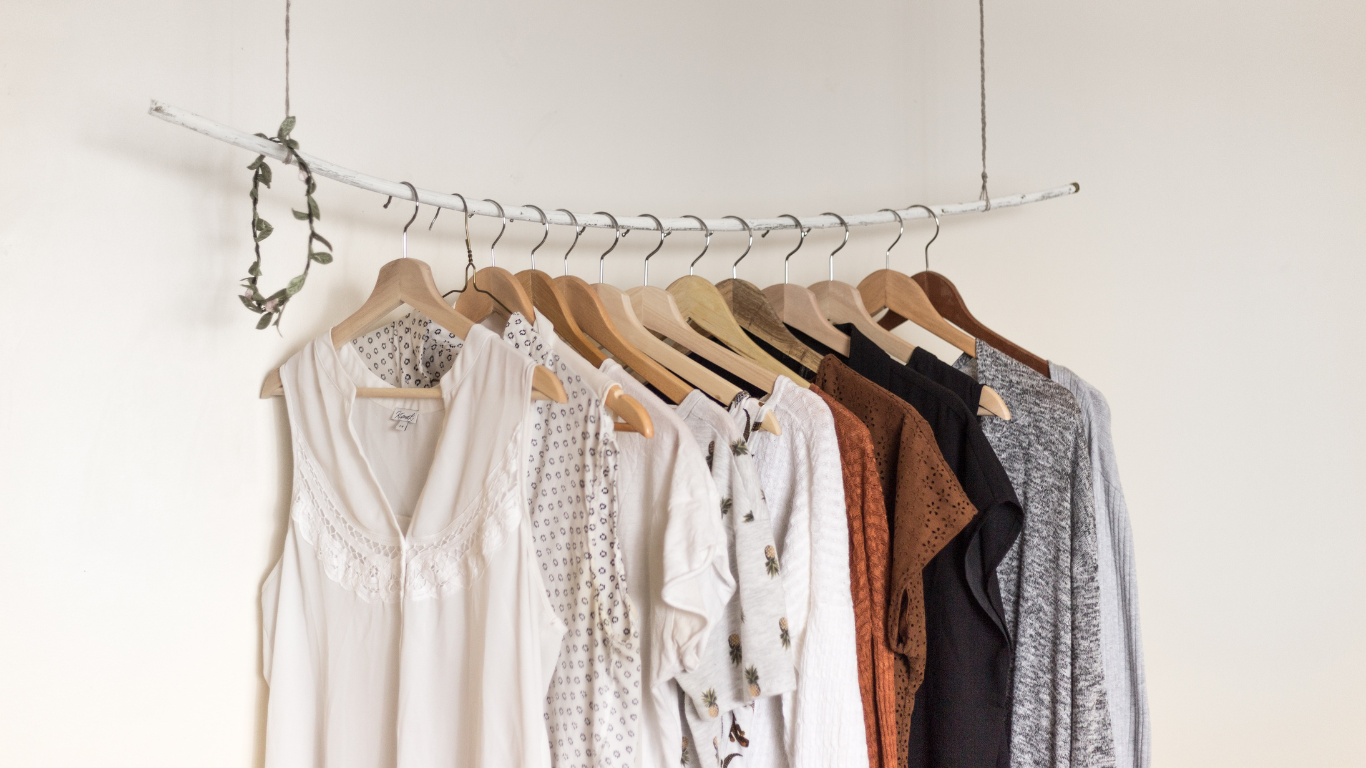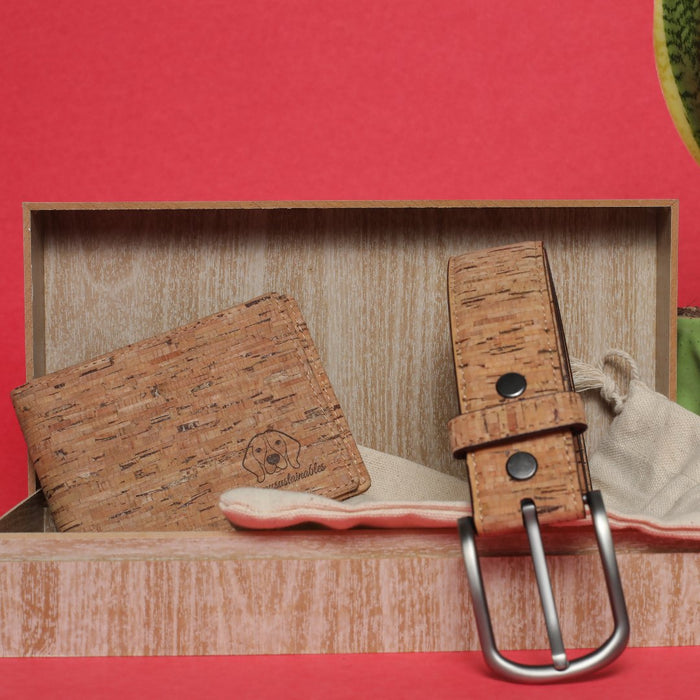

Benefits of incorporating minimalism into one's wardrobe
Minimalism is a popular trend in recent years and it's not just limited to interior design, it's now being incorporated into our wardrobes. A minimalist wardrobe is all about owning fewer, high-quality pieces that can be easily mixed and matched. This trend not only looks great, but it also provides numerous benefits for both your mental and physical well-being, as well as for the environment.
Psychological Benefits
Minimalism has been shown to reduce stress and anxiety. According to a study published in the Journal of Consumer Psychology, "Minimalist products were rated as more calming and produced less anxiety than non-minimalist products." A minimalist wardrobe helps you avoid the overwhelm by having too many choices. By limiting the number of options, you can simplify your life, reduce stress, and focus on what really matters.
Economic Benefits
Investing in high-quality, timeless pieces can save you money in the long run. Cheap, fast-fashion items may seem like a good deal, but they are often poorly made and fall apart after just a few wears. By investing in a few well-made pieces, you can create a versatile wardrobe that will last for years to come. According to a study by the Environmental Protection Agency, "The average American throws away about 70 pounds of clothing and textiles per year." This leads to a huge waste of resources, both in terms of energy and materials.
Environmental Benefits
Minimalism is also good for the environment. By choosing to own fewer items, you are reducing the demand for fast-fashion items, which often have a negative impact on the environment. Fast-fashion production contributes to air and water pollution and toxic chemicals being released into the soil. Additionally, the transportation of these items results in greenhouse gas emissions, which are a major contributor to climate change.
"Minimalism is not about deprivation, it's about simplifying your life and focusing on what really matters," says Karen Kingston, author of the book "Creating Sacred Space with Feng Shui." By incorporating minimalism into your wardrobe, you can create a simpler, more focused life while also helping the environment and saving money in the long run.
Incorporating Minimalism into Your Wardrobe
Here are a few tips to help you get started with a minimalist wardrobe:
- Start by clearing out your closet. Get rid of items that no longer fit, are damaged, or haven't been worn in the past year.
- Assess what you have left. Identify the pieces that are versatile, timeless, and of high quality. These will form the foundation of your minimalist wardrobe.
- Stick to a neutral colour palette. Neutral colours, such as black, white, and beige, are easy to mix and match, creating a cohesive look.
- Invest in versatile pieces. Look for items that can be dressed up or down, such as a classic white shirt or a little black dress.
- Shop for quality, not quantity. When shopping for new pieces, focus on investing in high-quality items that will last for years to come.
- Avoid fast-fashion. Instead, opt for sustainable, ethically-made clothing, which not only benefits the environment but also provides a better quality product.
- Use accessories to add interest. Accessorizing is a great way to add interest to your outfits without having to purchase a lot of new clothing.
Minimalism is not just a trend, it's a lifestyle that can bring numerous benefits to your life, the environment, and your wallet. By incorporating minimalism into your wardrobe, you can simplify your life, reduce stress and anxiety, and invest in high-quality, timeless pieces that will last for years to come. So why not take the first step towards a minimalist wardrobe today and experience the positive impacts for yourself?
In conclusion, a minimalist wardrobe is not just about owning fewer clothes, it's about embracing a more sustainable, eco-friendly, and mindful approach to fashion. By simplifying your wardrobe, you can create a more focused and organized life, while also reducing your carbon footprint and contributing to a better future for the planet. Minimalism may be a small change, but it can have a big impact.









